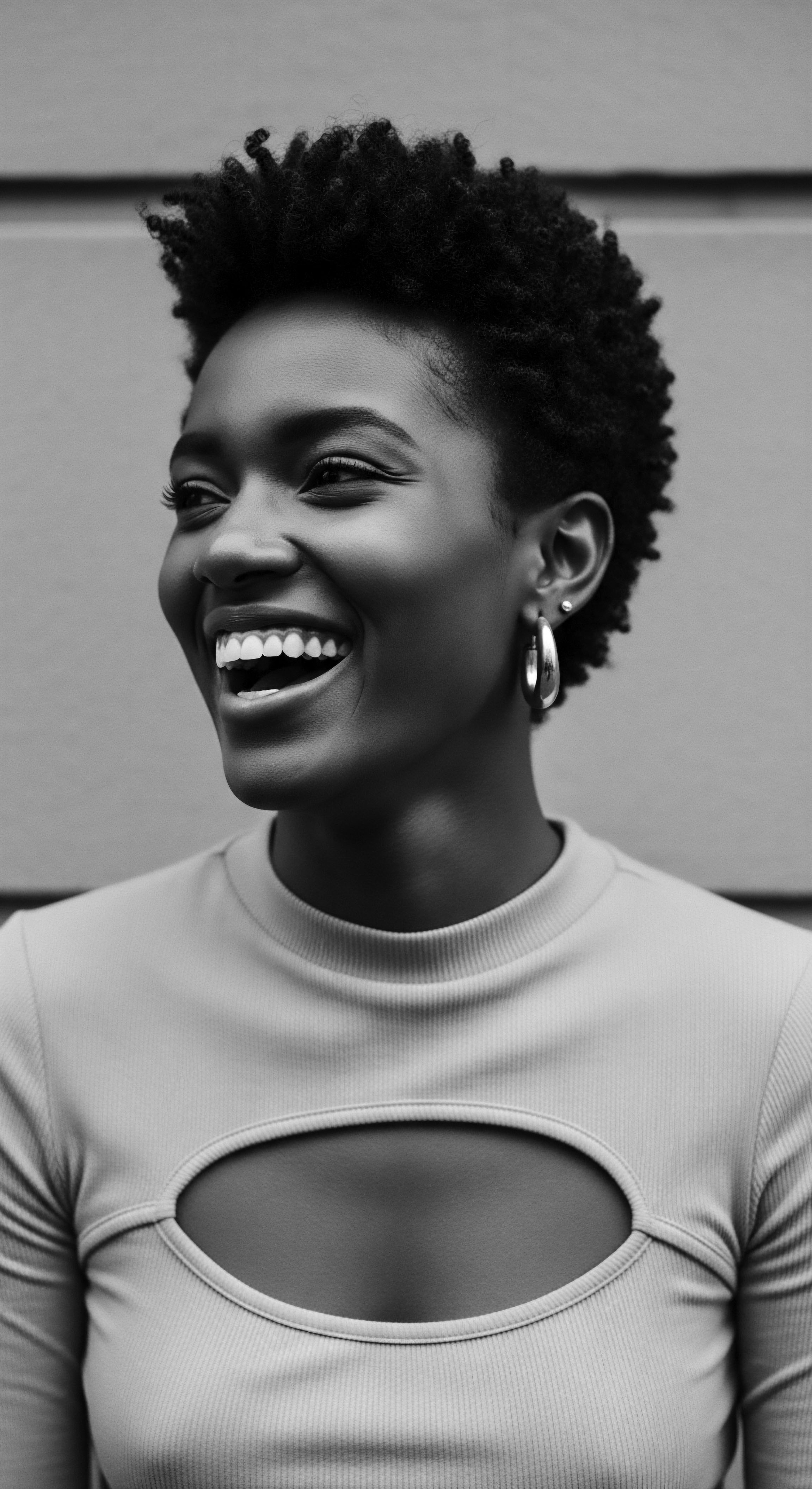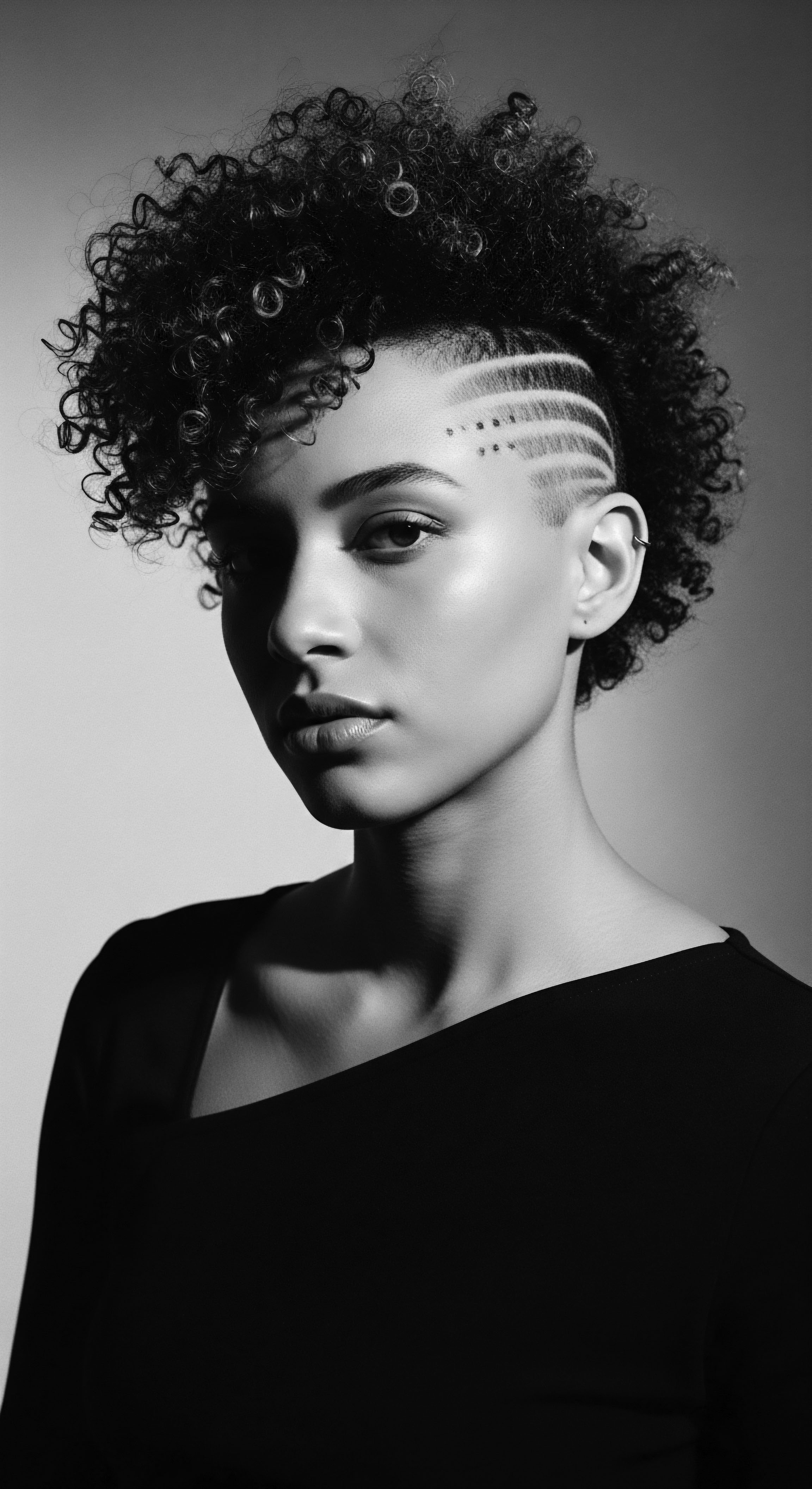
How did North African ancestral practices adapt rhassoul clay for textured hair?
North African ancestral practices adapted rhassoul clay to gently cleanse, detangle, and condition textured hair, honoring its unique heritage.

How does Rhassoul clay connect to North African heritage in hair care?
Rhassoul clay connects to North African heritage through centuries of Berber hair care traditions, offering mineral-rich cleansing for textured hair.

How has North Africa shaped Rhassoul clay’s heritage?
North Africa's Rhassoul clay provides a heritage-rich, mineral-dense cleansing for textured hair, upholding ancestral traditions of gentle, holistic care.

How did ancient North African hair care rituals honor textured hair?
Ancient North African hair rituals honored textured hair through a heritage of natural ingredients and symbolic styling, fostering health and cultural identity.

What is the historical link between rhassoul clay and textured hair regimens?
Rhassoul clay, a mineral from Morocco's Atlas Mountains, has a heritage link to textured hair regimens through its gentle cleansing and conditioning properties, cherished in ancestral North African beauty rituals.
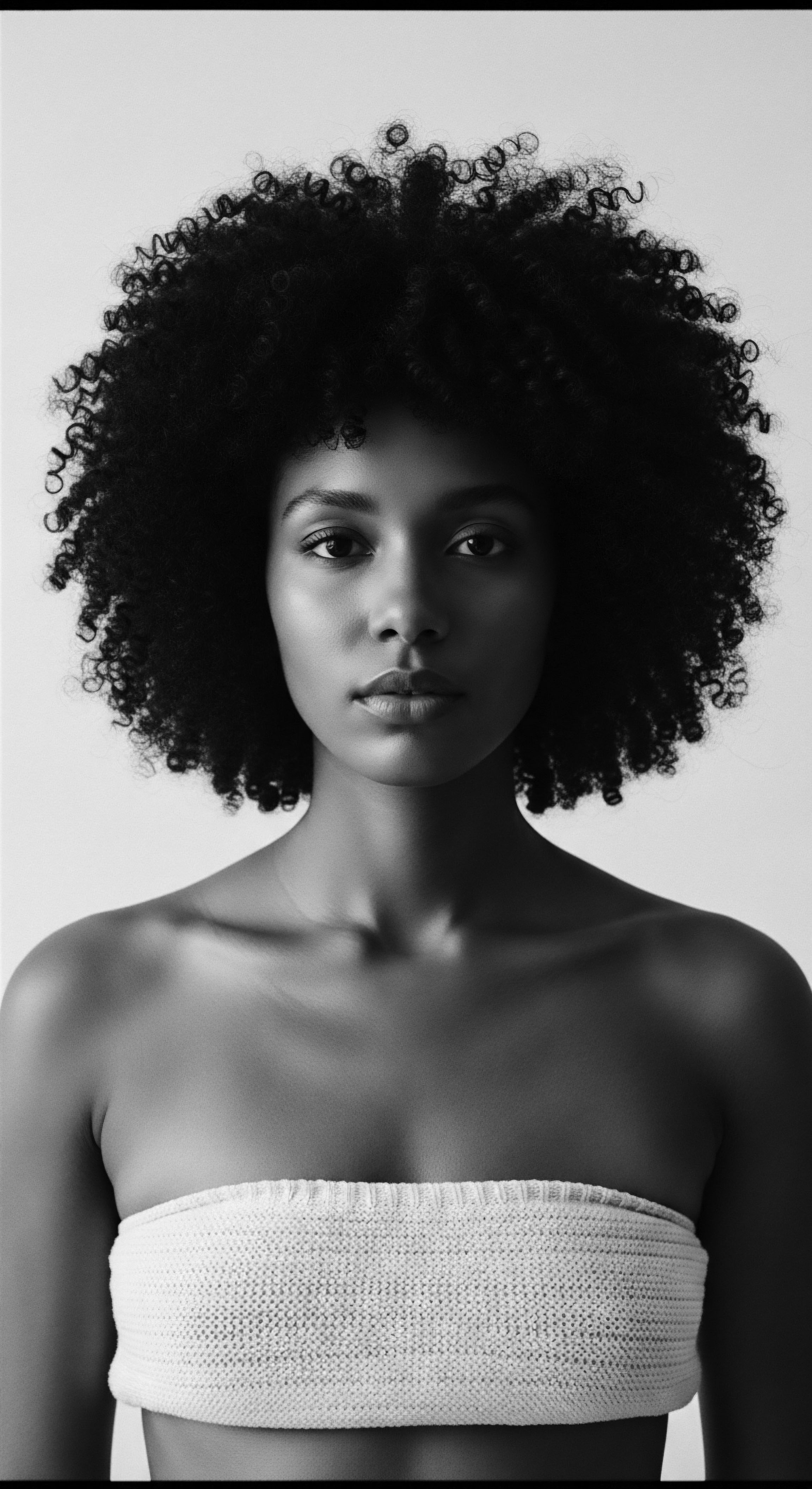
Punic Hair
Meaning ❉ Punic Hair conceptually defines textured hair types carrying deep ancestral memory, resilience, and unique biophysical characteristics from North African and Afro-Mediterranean lineages.

Atay Morocco
Meaning ❉ Atay Morocco denotes the traditional Moroccan mint tea ritual, a cultural cornerstone that fosters community, transmits ancestral wisdom, and subtly informs heritage-based self-care, including textured hair practices.

What is Rhassoul clay’s significance in North African heritage?
Rhassoul clay connects North African textured hair heritage through ancestral cleansing rituals and mineral-rich care for strong, vibrant strands.

How do minerals in ghassoul clay benefit textured hair?
Ghassoul clay's minerals cleanse textured hair, drawing on ancient North African heritage for gentle, nourishing care.

Ancestral Sahrawi Practices
Meaning ❉ Ancestral Sahrawi Practices are a rich legacy of hair care, blending desert botanicals and cultural wisdom for textured hair.

How does rhassoul clay connect to North African beauty heritage?
Rhassoul clay grounds textured hair care in North African heritage, offering gentle cleansing rooted in ancient earth wisdom.
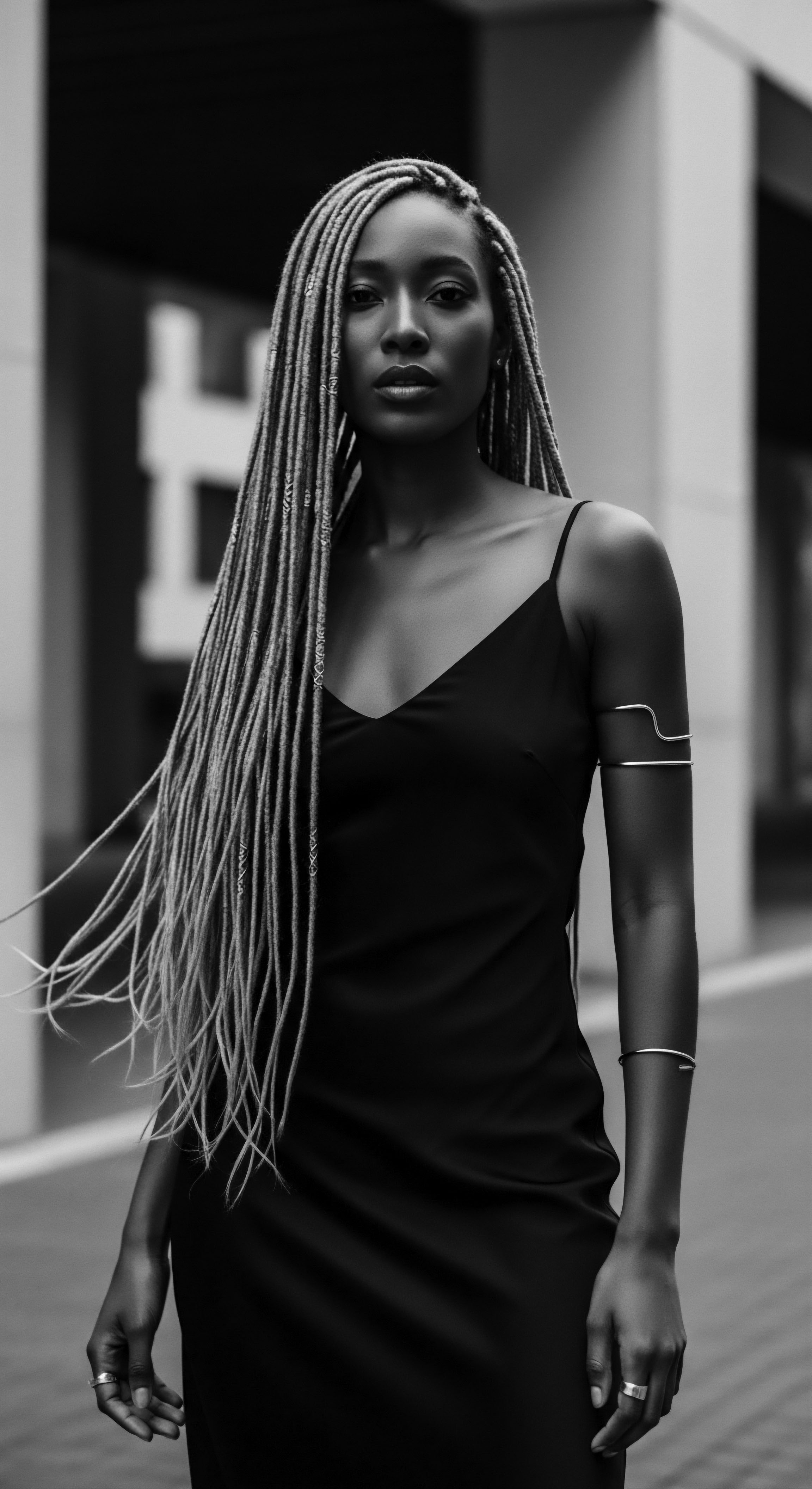
Amazigh Adornment
Meaning ❉ Amazigh Adornment is a profound cultural expression where objects and styles, especially of textured hair, convey deep identity and ancestral wisdom.

Berber Jewelry
Meaning ❉ Berber jewelry signifies identity, heritage, and protection, often integrated with textured hair to convey ancestral wisdom and communal values.
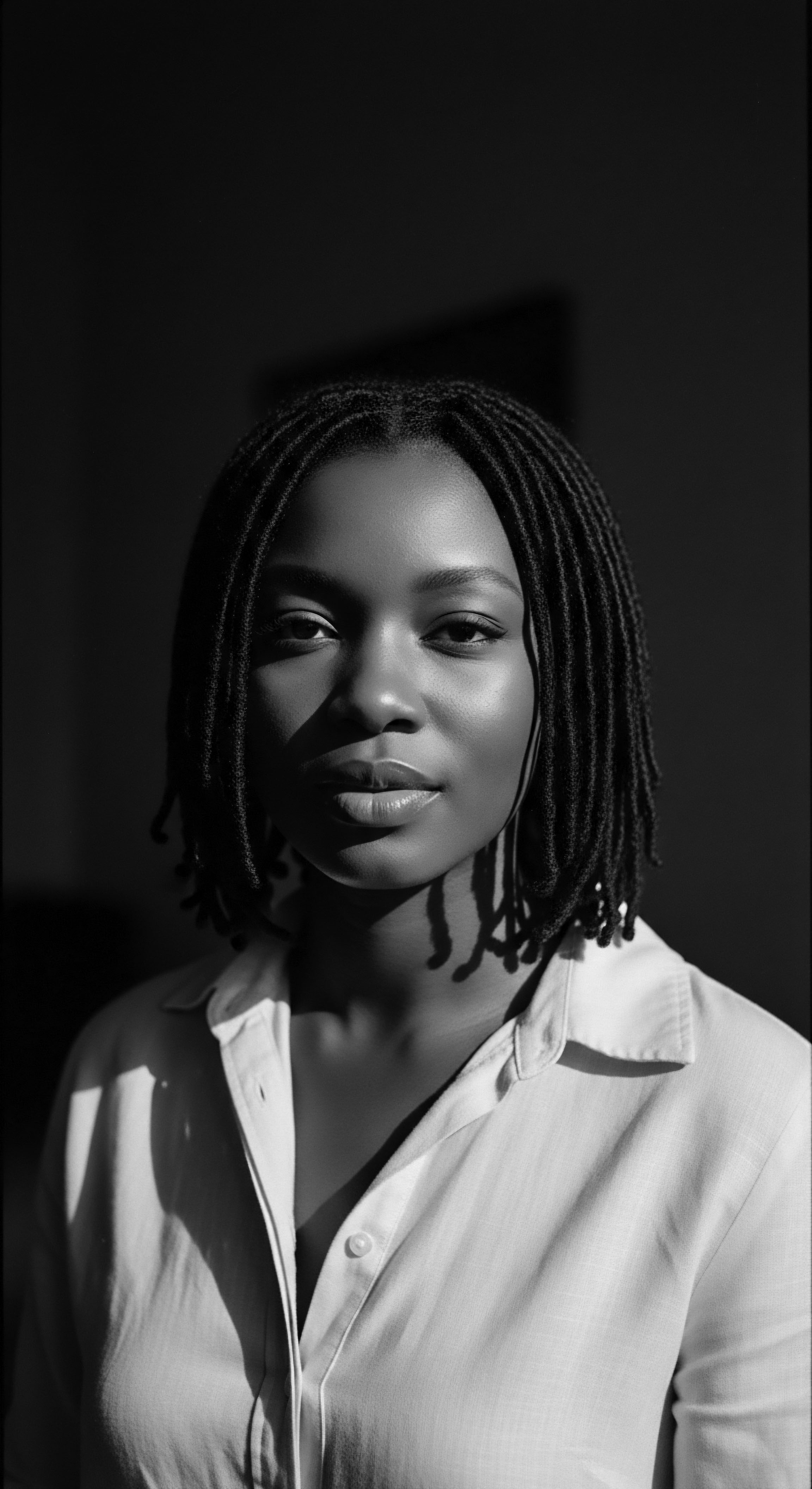
North African Grooming
Meaning ❉ North African Grooming is a rich legacy of hair care rituals, natural ingredients, and cultural practices deeply connected to textured hair heritage and ancestral wisdom.

What is rhassoul clay’s historical significance for textured hair?
Rhassoul clay, a mineral-rich earth from Morocco, holds historical significance as a centuries-old cleansing and conditioning agent for textured hair, deeply rooted in North African beauty heritage.
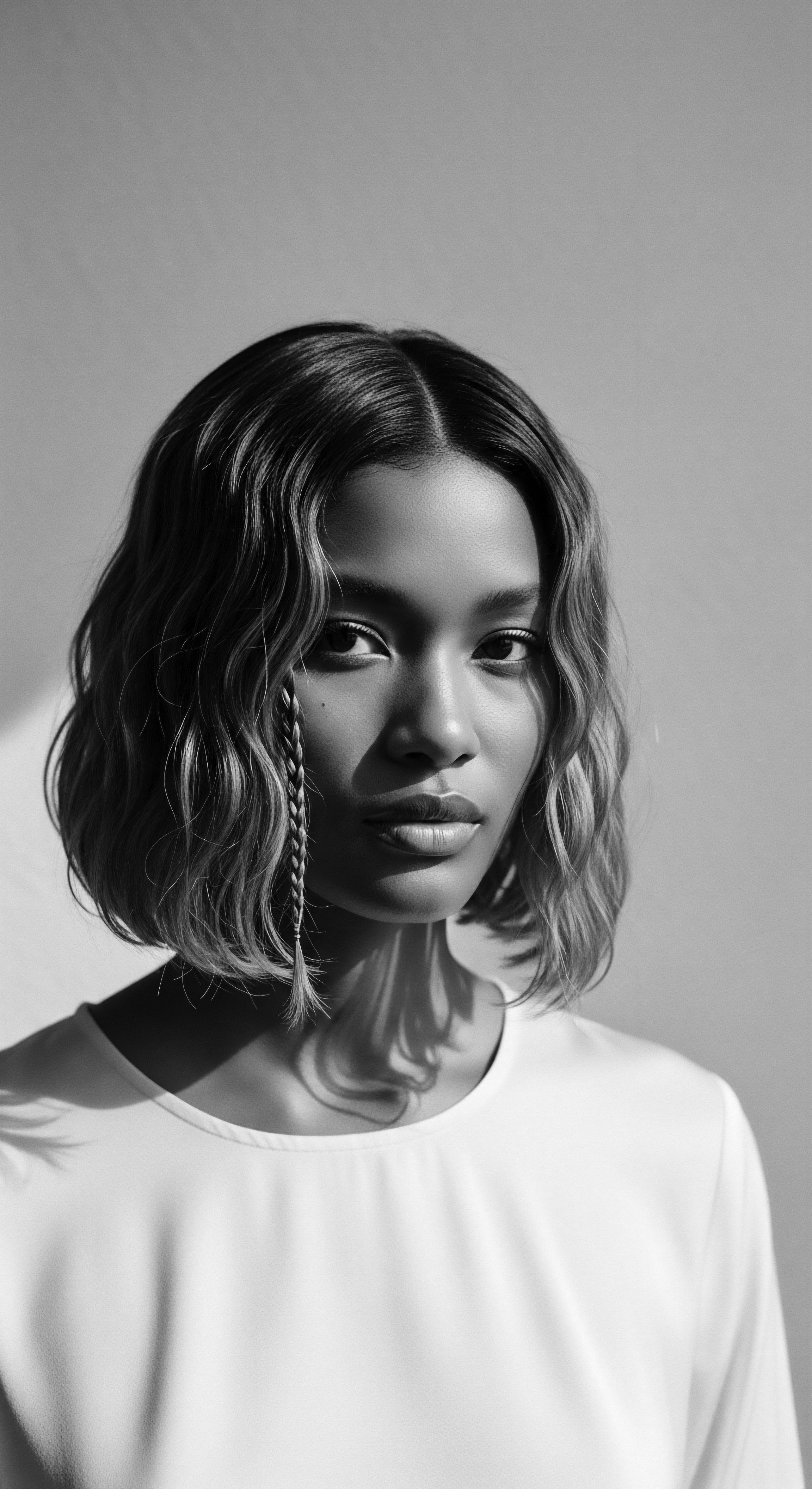
North African Identity
Meaning ❉ North African Identity is a rich blend of ancestral heritage, diverse cultures, and historical resilience, profoundly expressed through its textured hair traditions.

What traditional North African practices connect ghassoul clay to textured hair heritage?
Ghassoul clay connects to textured hair heritage through ancestral North African cleansing and conditioning rituals that honor its unique structure.

Rhassoul Heritage
Meaning ❉ Rhassoul Heritage defines the enduring cultural and historical significance of Moroccan Rhassoul clay in textured hair care traditions.

